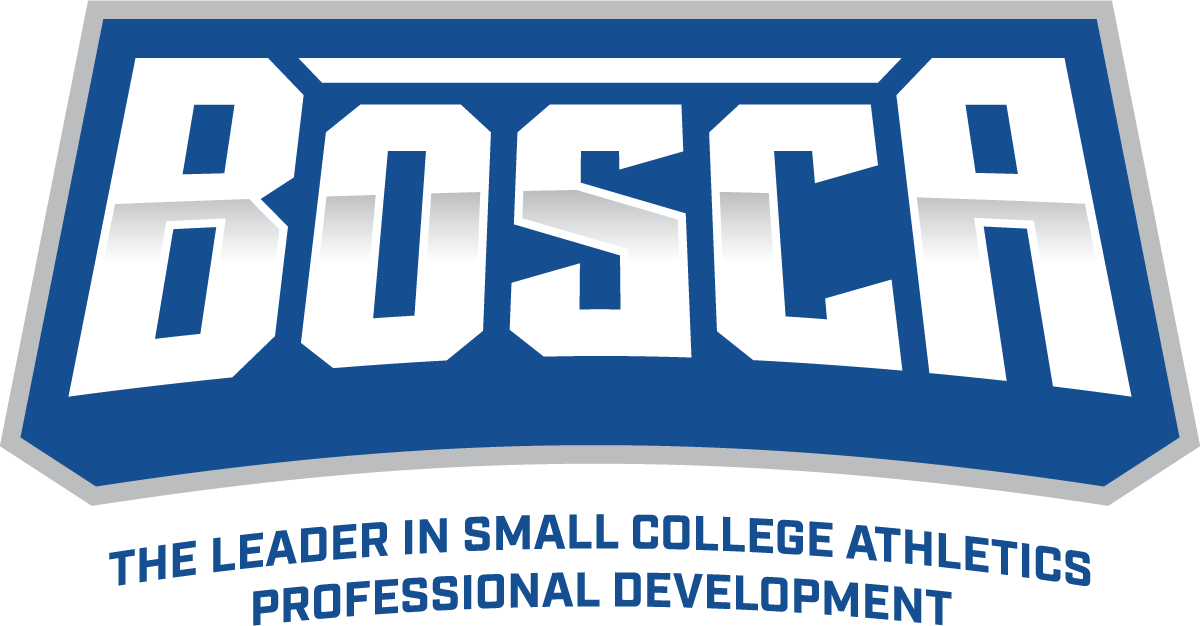Embracing a New Moment for Division III
Denison AD Matt Tanney shares his perspective on the future Division III.

It is often unspoken, but Division III athletics holds significant standing in the NCAA landscape. Although we do not generate billions in television and media rights revenue like Division I, Division III now stands as the last bastion of amateur athletics designed to enrich the totality of students' collegiate experiences.
The House settlement approved in June created more fractures in Division I, as highlighted by the recent Knight Commission survey, with 62% of Division I leaders signaling a negative outlook on the future of the division.
The new realities of Division I create uncertainty in Division III. The roster caps resulting from House, combined with the transfer portal, are a potent disruptor in Division III. At Denison, we've already seen students transfer with the promise of Division I revenue-sharing and NIL opportunities at Division I programs. Amid these enterprise-changing dynamics in athletics, the forceful headwinds of higher education persist, including the enrollment cliff and other financial challenges.
Despite the dramatic reshaping of the NCAA, Division III remains perceived as largely monochromatic among its 420-plus institutions, most of which are located in the eastern half of the country. Yet, differences amongst Division III institutions are just as profound, if not more so, than in Division I. And those differences are rapidly accelerating as Division III institutions respond to a multitude of external challenges.
The number of institutions in Division I operating at the maximum $20.5 million revenue-share limit is a small percentage of the membership. Similarly, institutions with strong resources, facilities, and admissions positions in Division III are not necessarily representative of the broader membership.
To be clear, the widening chasm in Division III is not directly analogous to Division I - given the absence of billions of dollars - but the current environment in small college athletics remains ripe with opportunities for further differentiation across higher education. Simply put, Division III has always included a broad array of institutions with differing needs, but an obvious, growing variance across the membership threatens the cohesion of Division III and its core principles.
It's time to acknowledge the vast difference in athletics philosophies present on Division III campuses. Some institutions and conferences seek to maintain enrollments through a more expansive lens of athletics imitating Division I, such as NIL collectives and redshirting. It is abundantly clear there is a place for those approaches in intercollegiate athletics and space should exist within the NCAA.
At the same time, there must also be a home for institutions dedicated to a four-year athletics experience, a commitment to financial aid untethered to athletics ability, and a holistic athletics experience deeply integrated with campus. We should reaffirm these commitments for the future betterment of Division III.
In such a complex and evolving environment, it's a conversation we should all welcome.

